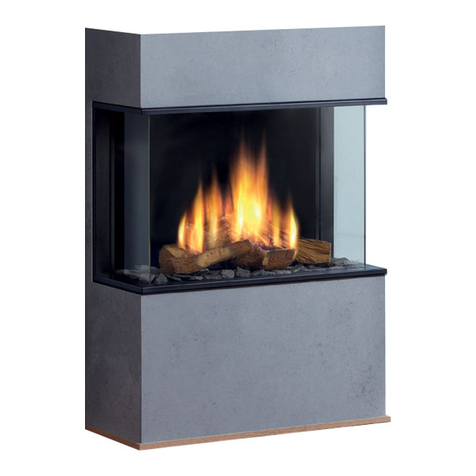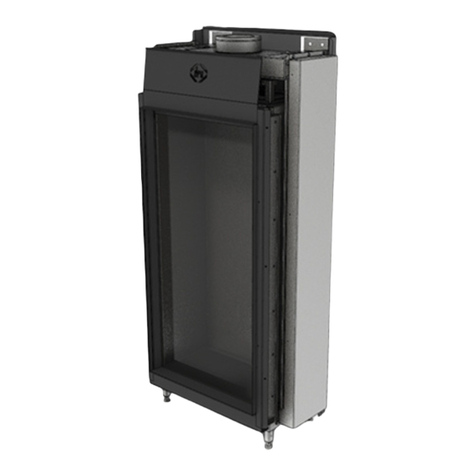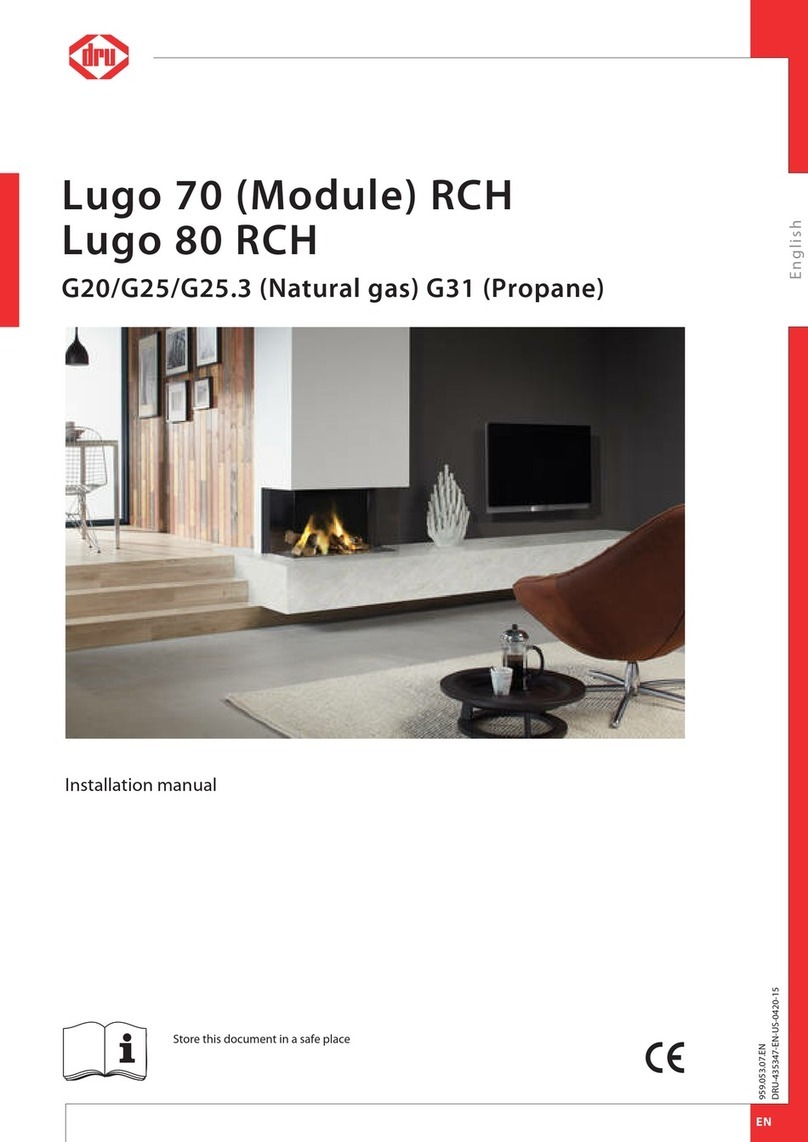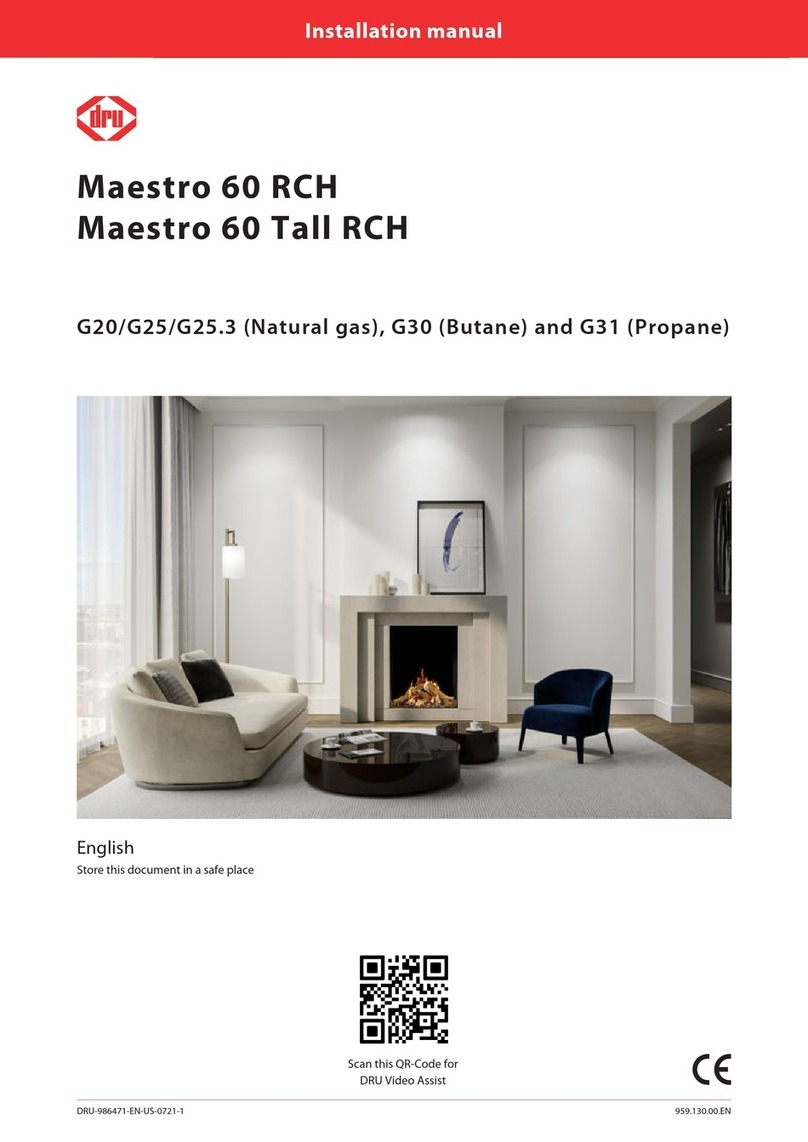Dru Maestro 60/2 (Tall) RCH User manual
Other Dru Indoor Fireplace manuals
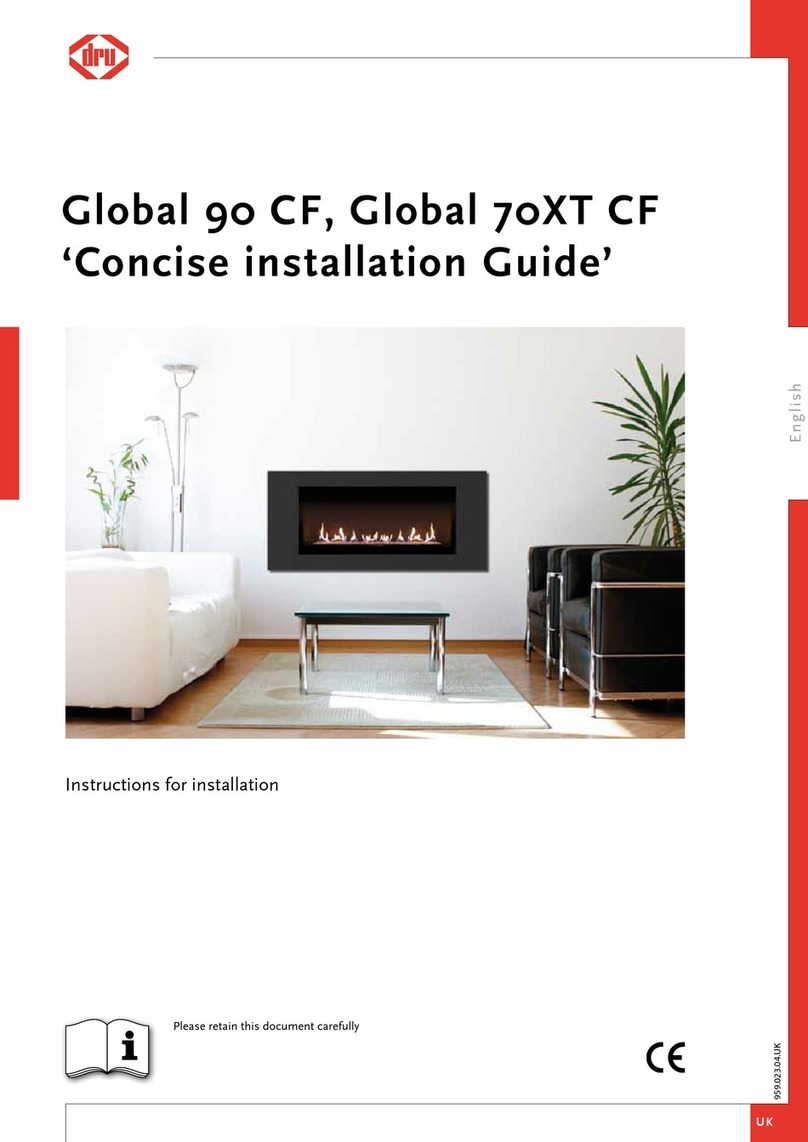
Dru
Dru Global 90 CF User manual

Dru
Dru Maestro 100 RCH User manual
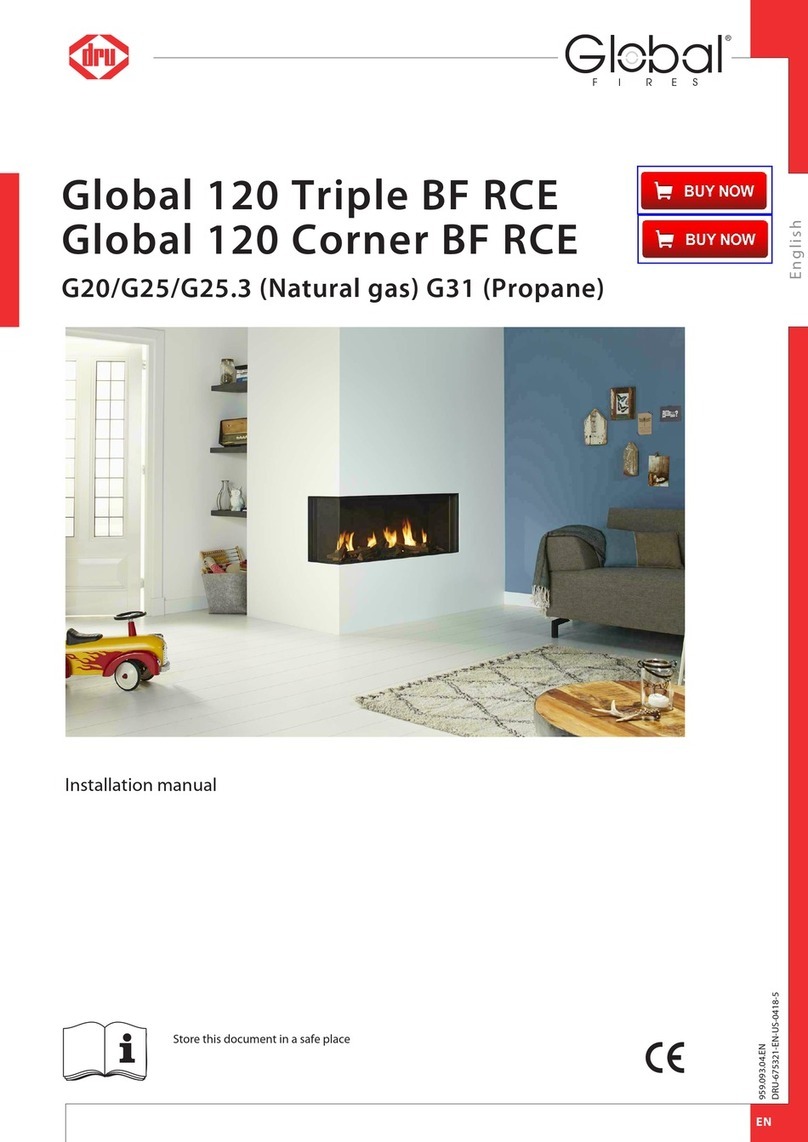
Dru
Dru Global 120 Triple BF RCE User manual
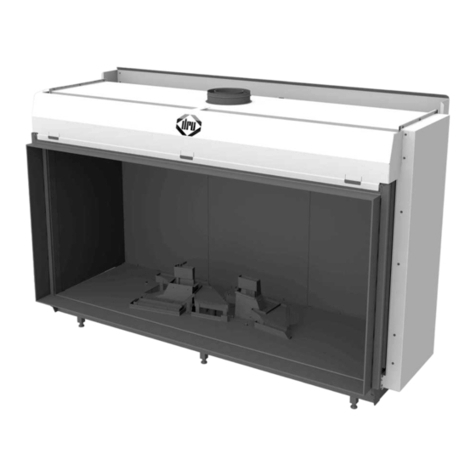
Dru
Dru Cosmo RCH User manual
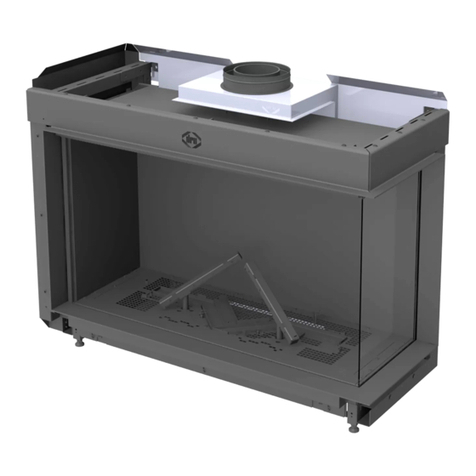
Dru
Dru Maestro 105/2-01 RCH User manual

Dru
Dru Metro 100XTU-41 RCH User manual
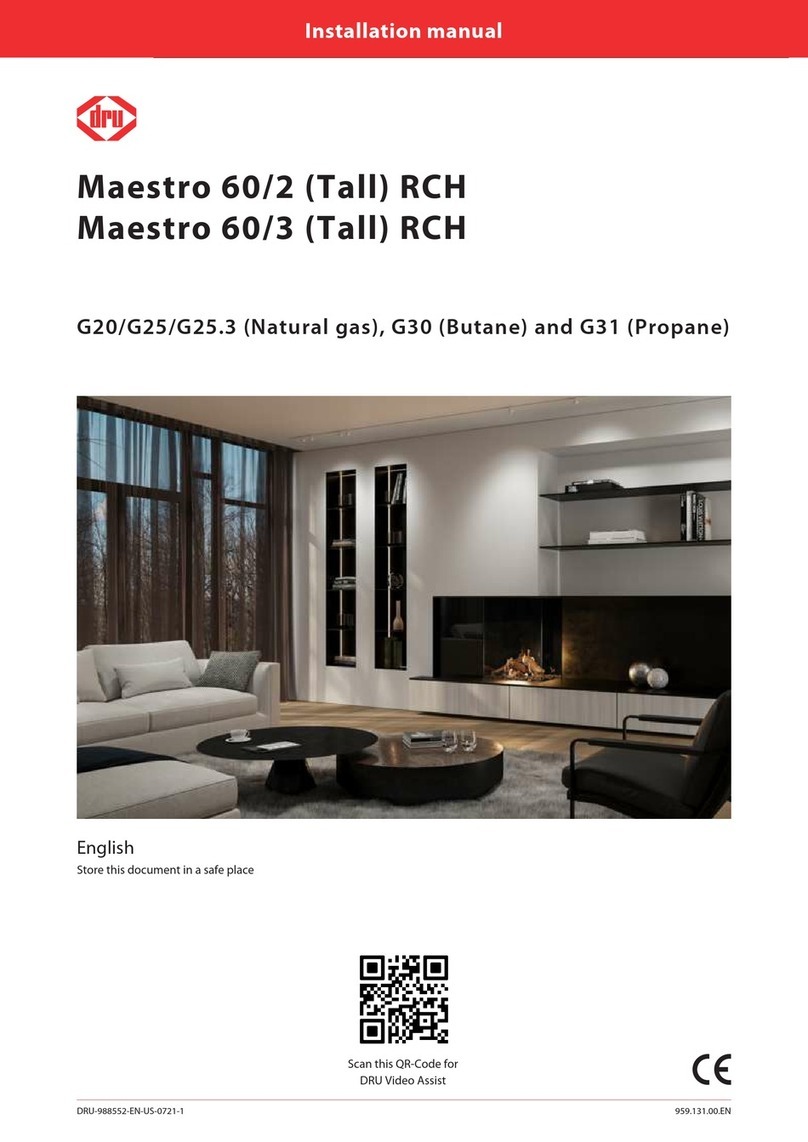
Dru
Dru Maestro 60/3 RCH User manual
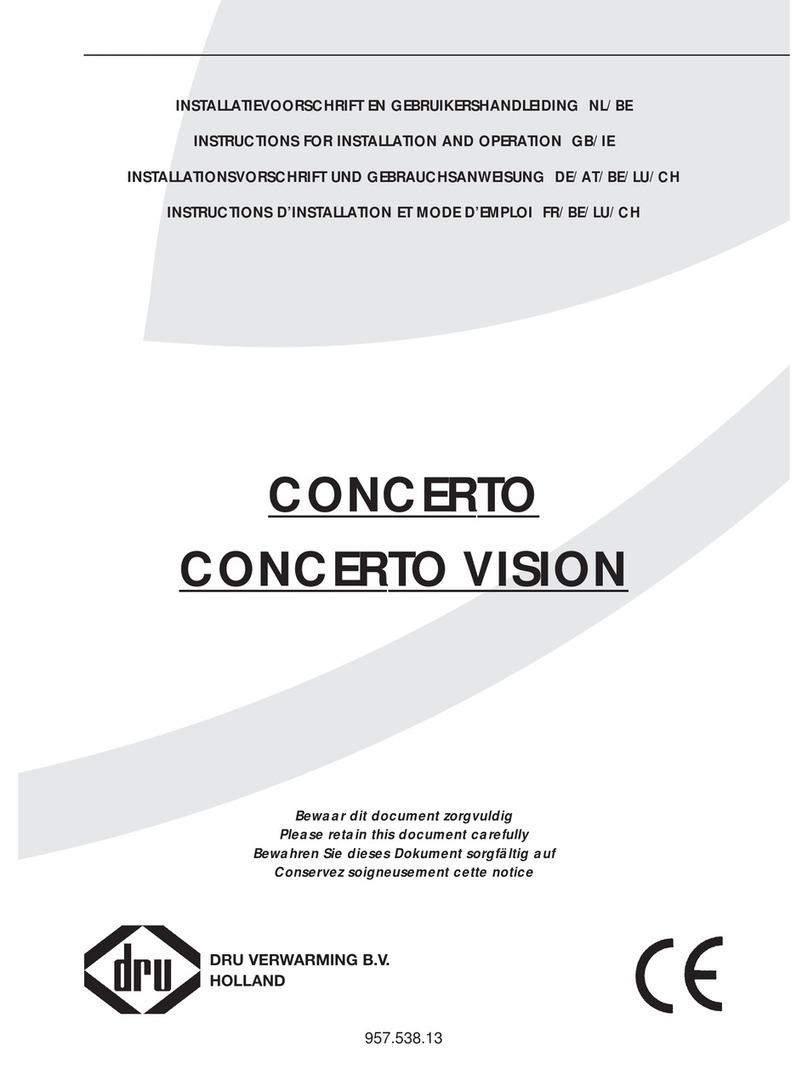
Dru
Dru CONCERTO VISION User guide

Dru
Dru Circo G31 User manual
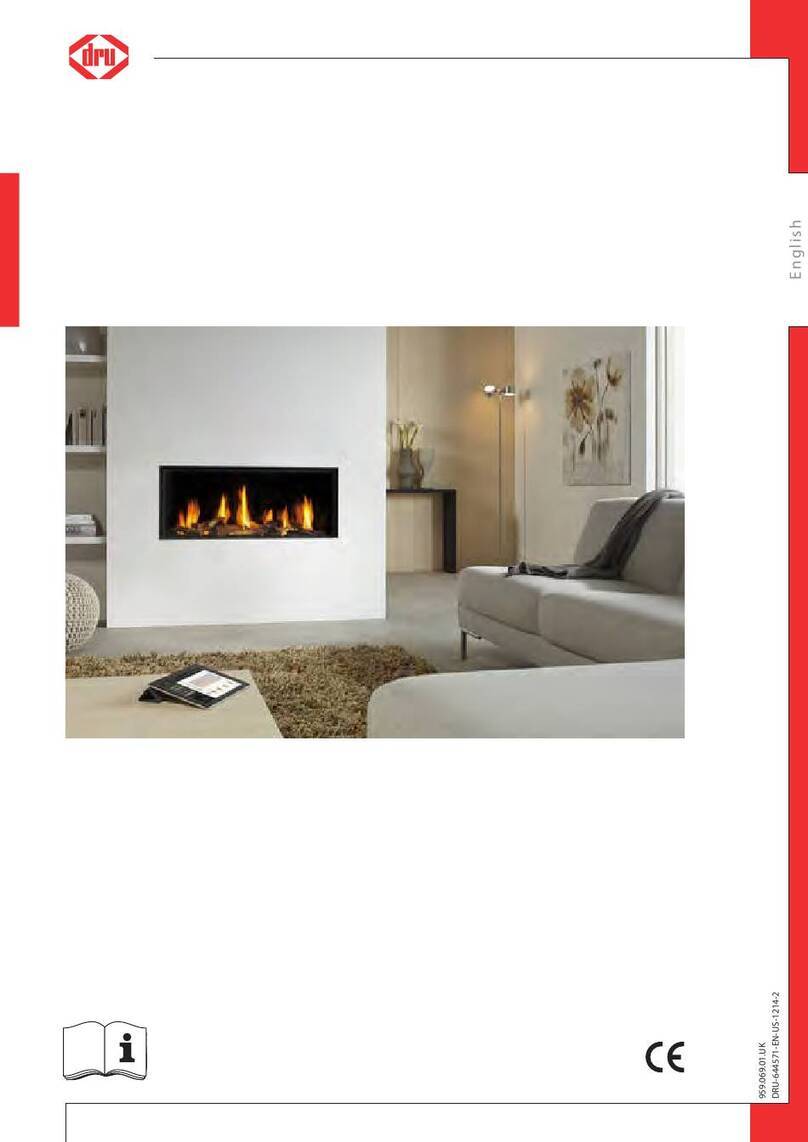
Dru
Dru Metro 100XT Tunnel 41 RCH User manual
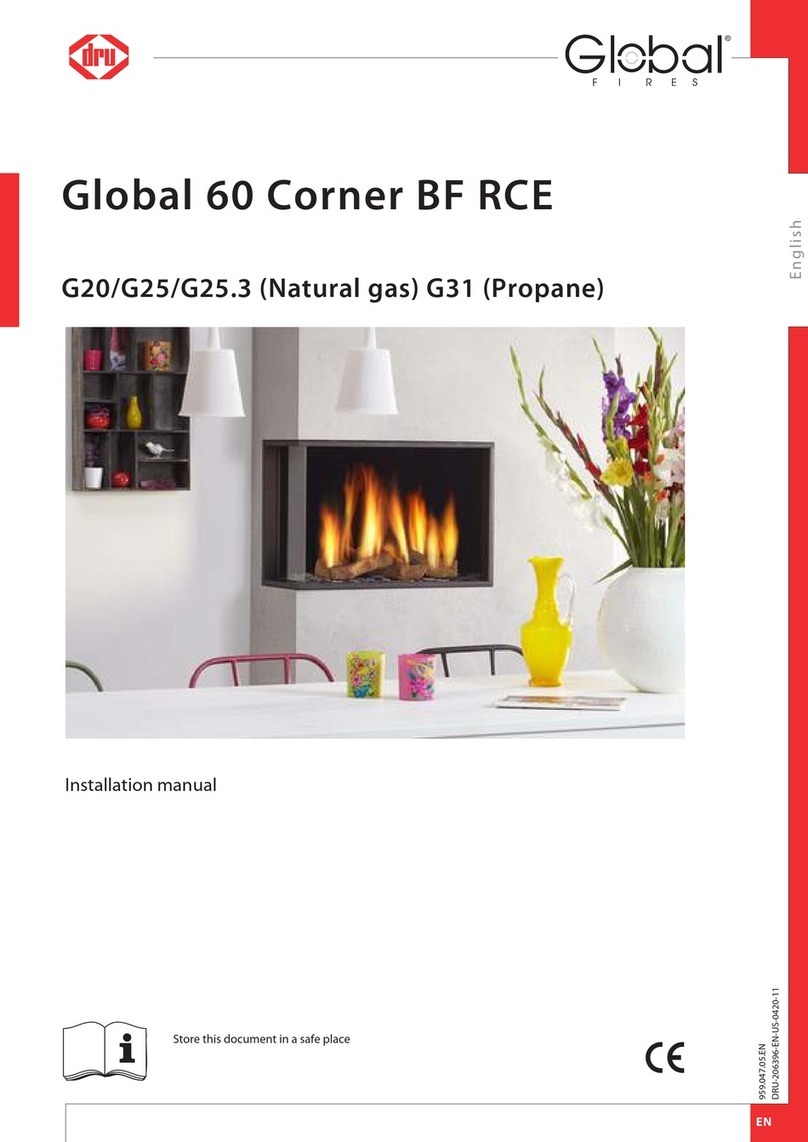
Dru
Dru Global 60 Corner BF RCE G20 User manual
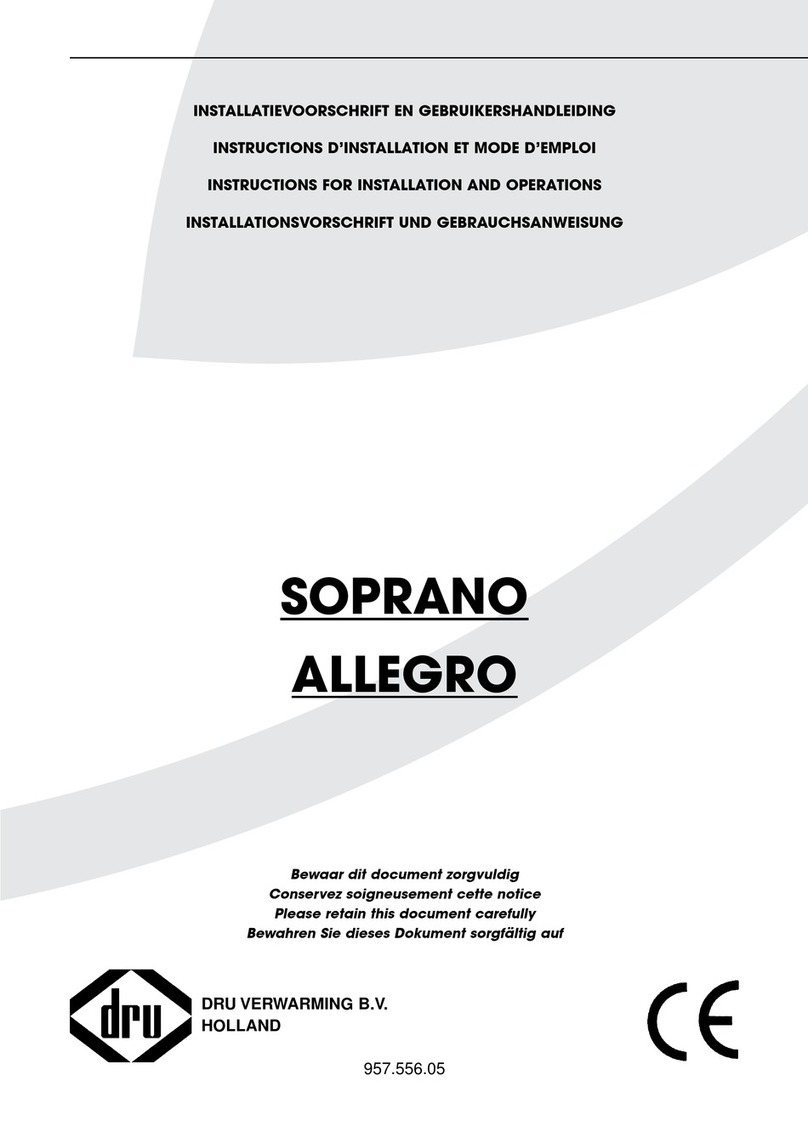
Dru
Dru SOPRANO User guide
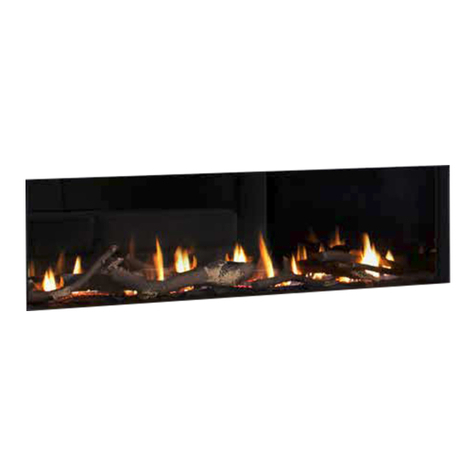
Dru
Dru Metro 130 XT User manual
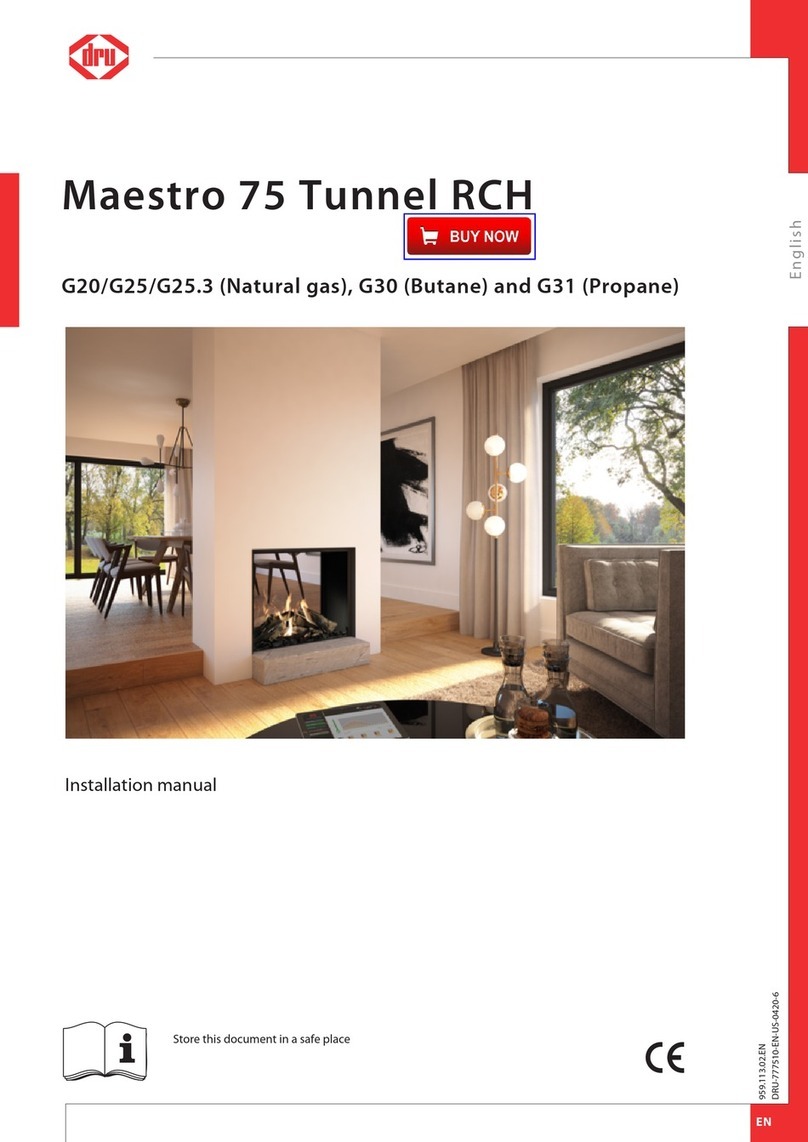
Dru
Dru Maestro 75 Tunnel RCH User manual
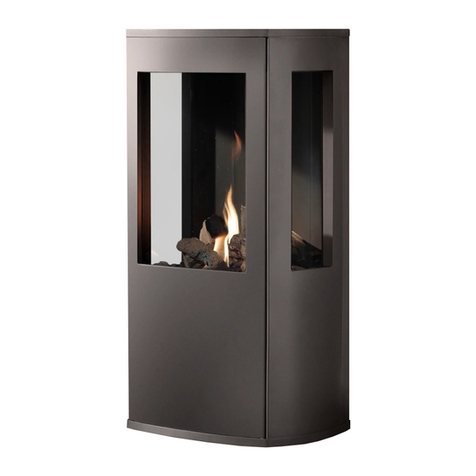
Dru
Dru G20 Guide
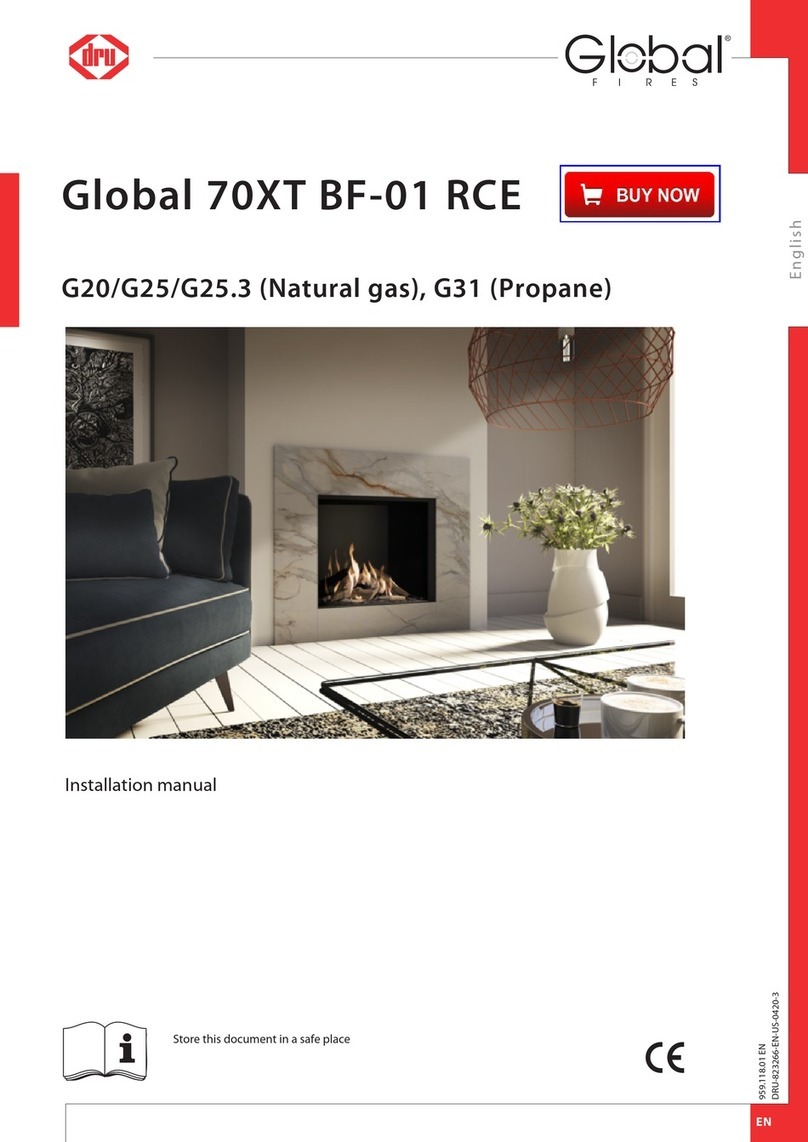
Dru
Dru 70XT BF-01 RCE User manual
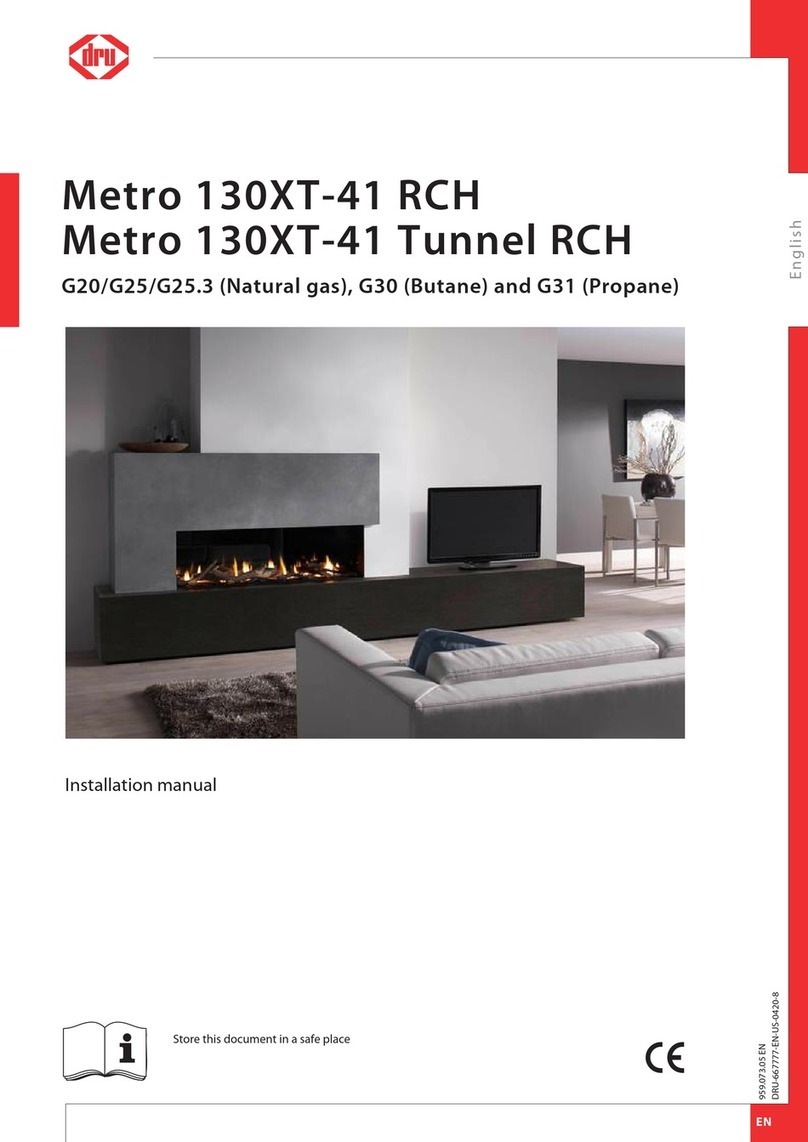
Dru
Dru Metro 130XT-41 RCH User manual
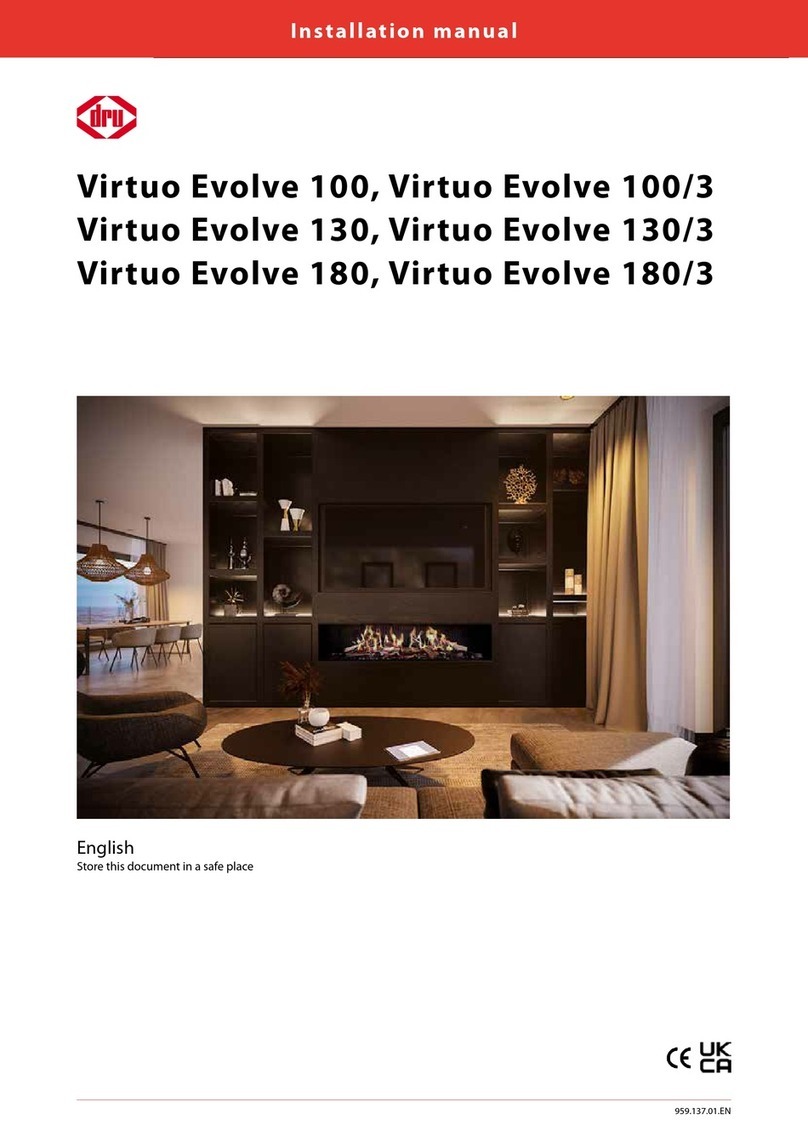
Dru
Dru Virtuo Evolve 100 User manual
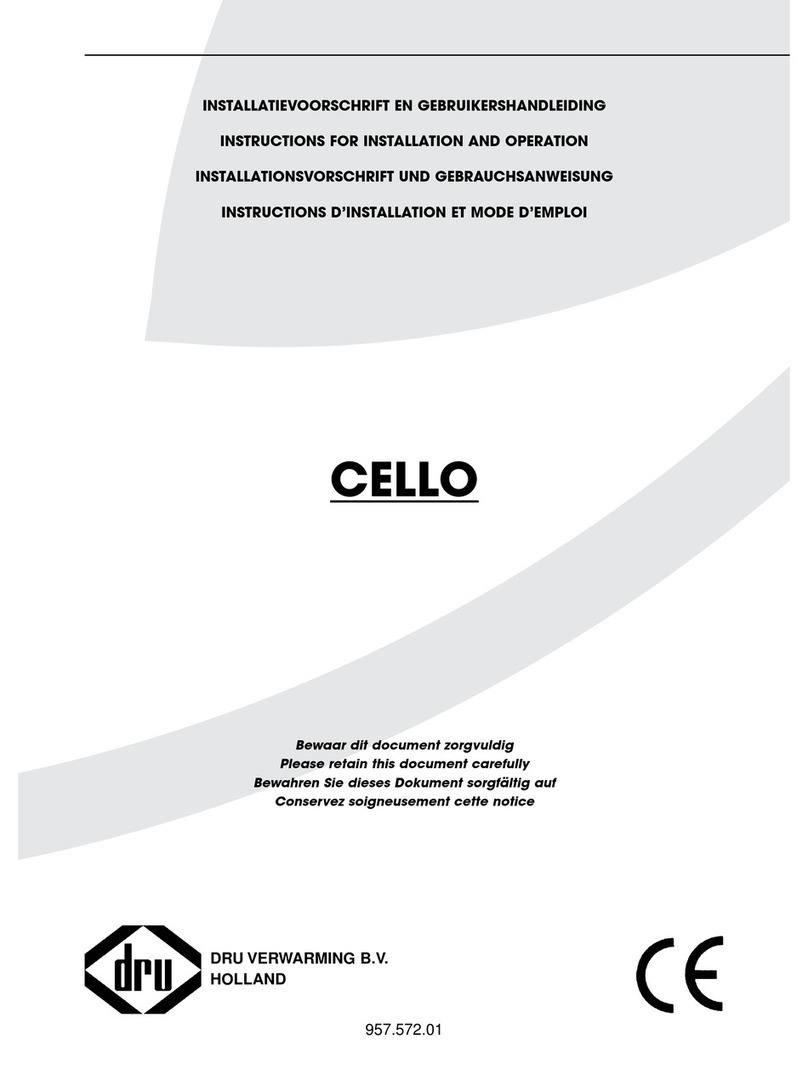
Dru
Dru Cello User guide
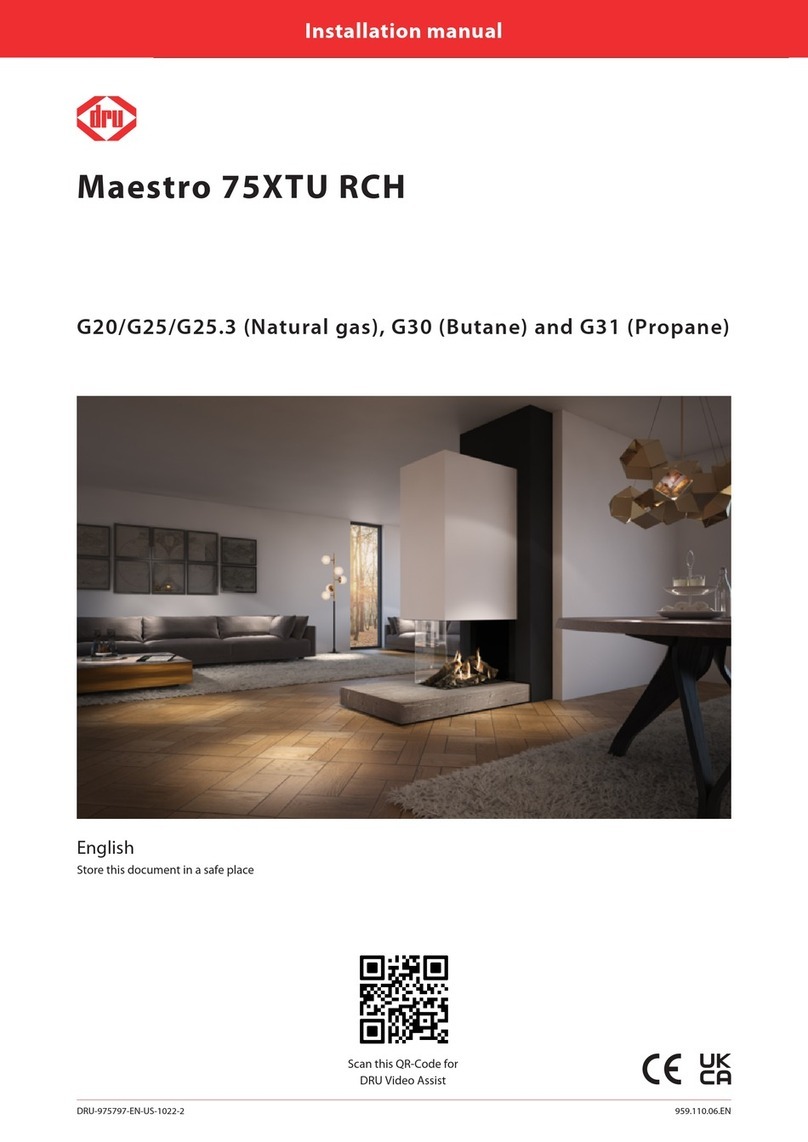
Dru
Dru Maestro 75XTU RCH User manual
Popular Indoor Fireplace manuals by other brands

Napoleon
Napoleon NEFL42CHD-1 manual

Masport
Masport WOOD FIRE installation guide

JAYLINE
JAYLINE SS280 Installation & operation instructions

Heat-N-Glo
Heat-N-Glo SL-32S Installation

kozy heat
kozy heat Bellingham 52 quick start guide

Paragon Fires
Paragon Fires ROOM SEALED INSET LIVE FUEL EFFECT GAS FIRE owner's manual

Monessen Hearth
Monessen Hearth LCUF32CR-B Installation & owner's manual

PuraFlame
PuraFlame Galena owner's manual

Dimplex
Dimplex Toluca Deluxe instruction manual

SEI
SEI TENNYSON FA8544AO Assembly instructions

Capital fireplaces
Capital fireplaces Designline DL700 Installation and user instructions

IronStrike
IronStrike VINTAGE VINT-DVS-U Installation and operation

ACR Heat
ACR Heat HERITAGE N25 Installation and operating instruction manual

European Home
European Home HVF-42 Installation, operation and owner's manual

Quadra-Fire
Quadra-Fire MTVERNINSAE-MBK Owner's manual operation & care

Harman Home Heating
Harman Home Heating Accentra Insert Installation & operating manual

Trimline Fires
Trimline Fires Zircon 1024 installation instructions
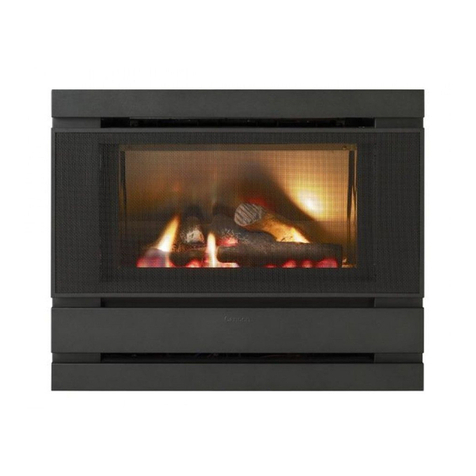
Cannon
Cannon Fitzroy Inbuilt installation instructions
